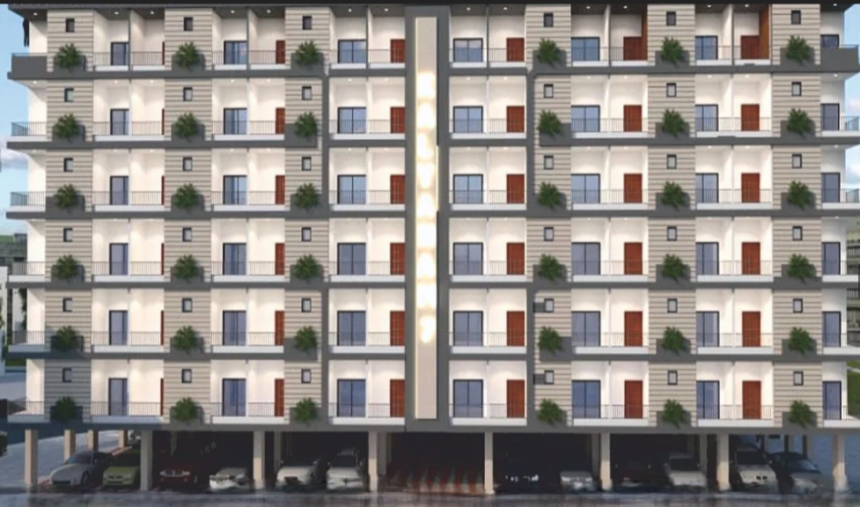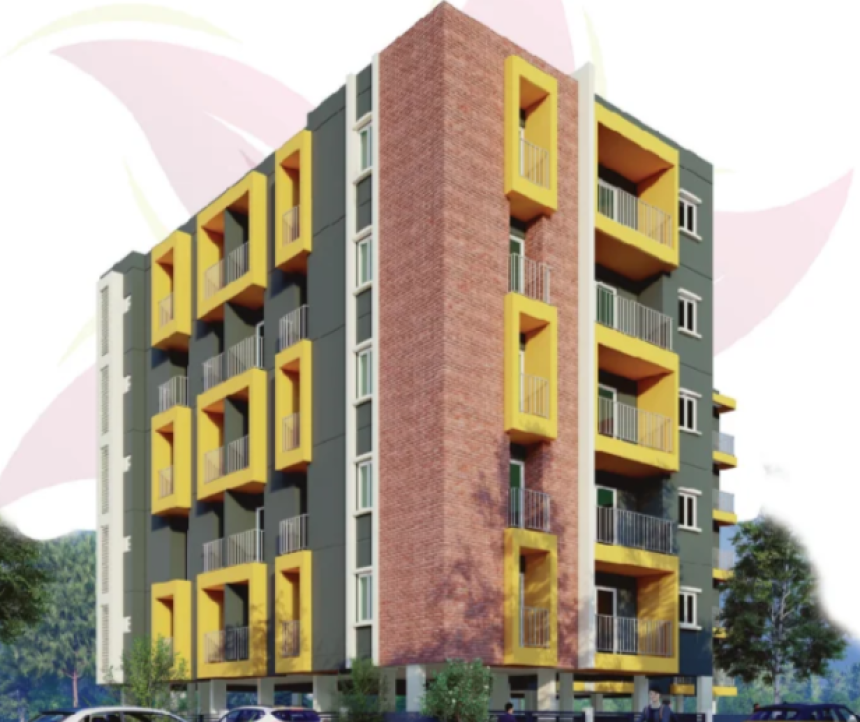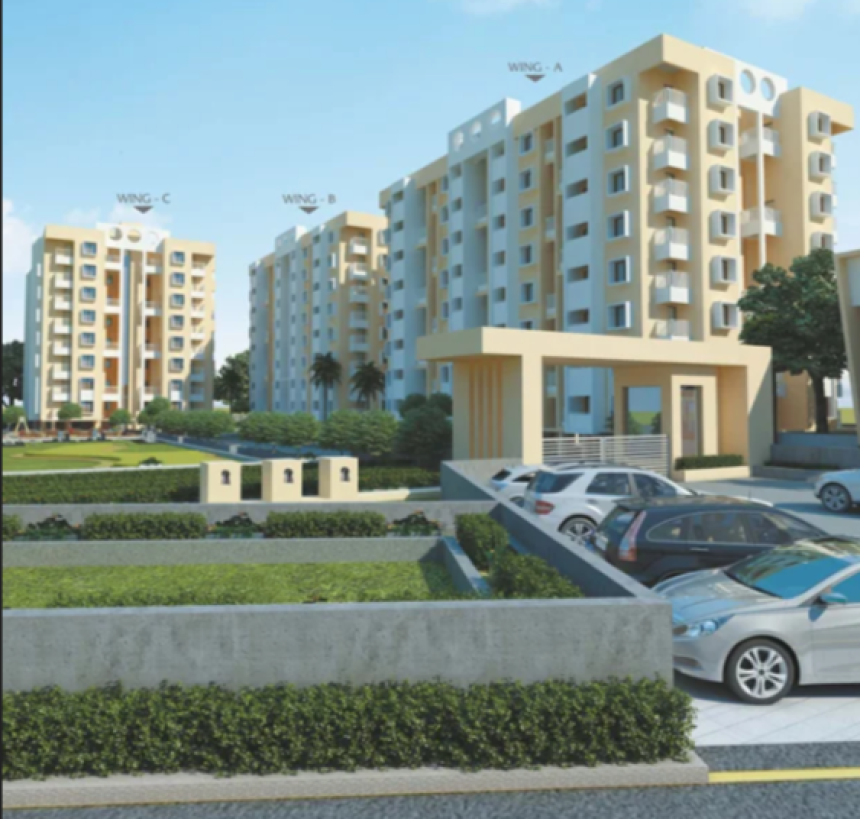
GST in Real Estate: What Indian Buyers and Developers Need to Know
The Goods and Services Tax (GST), introduced in India in July 2017, has brought significant changes to how taxation is applied across industries—including real estate. For both homebuyers and developers, understanding GST’s implications is crucial to making informed decisions in property transactions. In this blog, we’ll break down the essentials of GST in real estate, how it impacts costs, and what both buyers and developers need to watch out for.
Understanding GST in Real Estate
Before GST, real estate transactions were subjected to multiple taxes like VAT (Value Added Tax), Service Tax, Stamp Duty, and Registration Charges. These varied from state to state, making tax compliance complex and opaque. GST subsumed many of these indirect taxes (excluding stamp duty and registration), creating a more uniform tax regime.
Applicability of GST in Real Estate
GST applies differently depending on the type and stage of the real estate project:
- Under-Construction Properties
- GST is applicable to under-construction properties. As of April 1, 2019, the GST Council revised the rates:
- 1% GST for affordable housing (without input tax credit).
- 5% GST for non-affordable housing (without input tax credit).
- Ready-to-Move-In Properties
- Properties that have received a Completion Certificate (CC) or are ready for possession are exempt from GST. However, stamp duty and registration charges still apply.
- Land and Completed Property Sales
- Sale of land or completed property is not considered a supply of goods or services, and therefore not subject to GST.
GST Rates and Definitions
Affordable Housing is defined based on:
- Carpet area up to 60 sq. m. in metros and 90 sq. m. in non-metros.
- Property value up to ₹45 lakh.
Input Tax Credit (ITC): Initially, developers could claim ITC on the GST paid on inputs (like cement, steel, services). However, under the revised regime (post-April 2019), ITC is no longer available for residential projects under new GST rates.
For Homebuyers: What You Need to Know
Cost Transparency:
GST aims to bring more transparency to the pricing of properties. Developers must clearly mention the applicable GST and include it in agreements.
No GST on Completed Projects:
If you're buying a home after the project has received its CC, you don’t pay GST—only stamp duty and registration.
Booking Under Construction:
Booking a property before completion attracts GST, which could impact your overall cost. While the rates are lower now, you also don’t benefit from the input tax credit indirectly passed on by developers.
Affordable Housing Benefits:
If your purchase qualifies as affordable housing, you benefit from the lower 1% GST rate.
For Developers: Compliance and Challenges
No ITC, Increased Costs:
The removal of ITC has been a challenge. Developers now bear the brunt of taxes on raw materials without offsetting credits, impacting profit margins and potentially increasing the base cost of units.
Transition Management:
Developers transitioning from old GST rates to new ones must maintain proper records, especially for mixed projects (affordable and non-affordable units).
GST on Commercial Real Estate:
Commercial properties are taxed at 12% with input tax credit available. This is a more favorable regime compared to residential projects.
Final Thoughts
GST in real estate has undoubtedly brought in more structure and transparency, but challenges remain—especially around the removal of ITC and its effect on pricing. For buyers, understanding when and how GST applies can help make more informed decisions. Developers, meanwhile, must maintain careful compliance while balancing costs and margins in a competitive market.
As the government continues to refine the GST framework, staying updated on the latest regulations is essential for everyone involved in real estate transactions.
For more details, click here www.bharatpropertty.com





